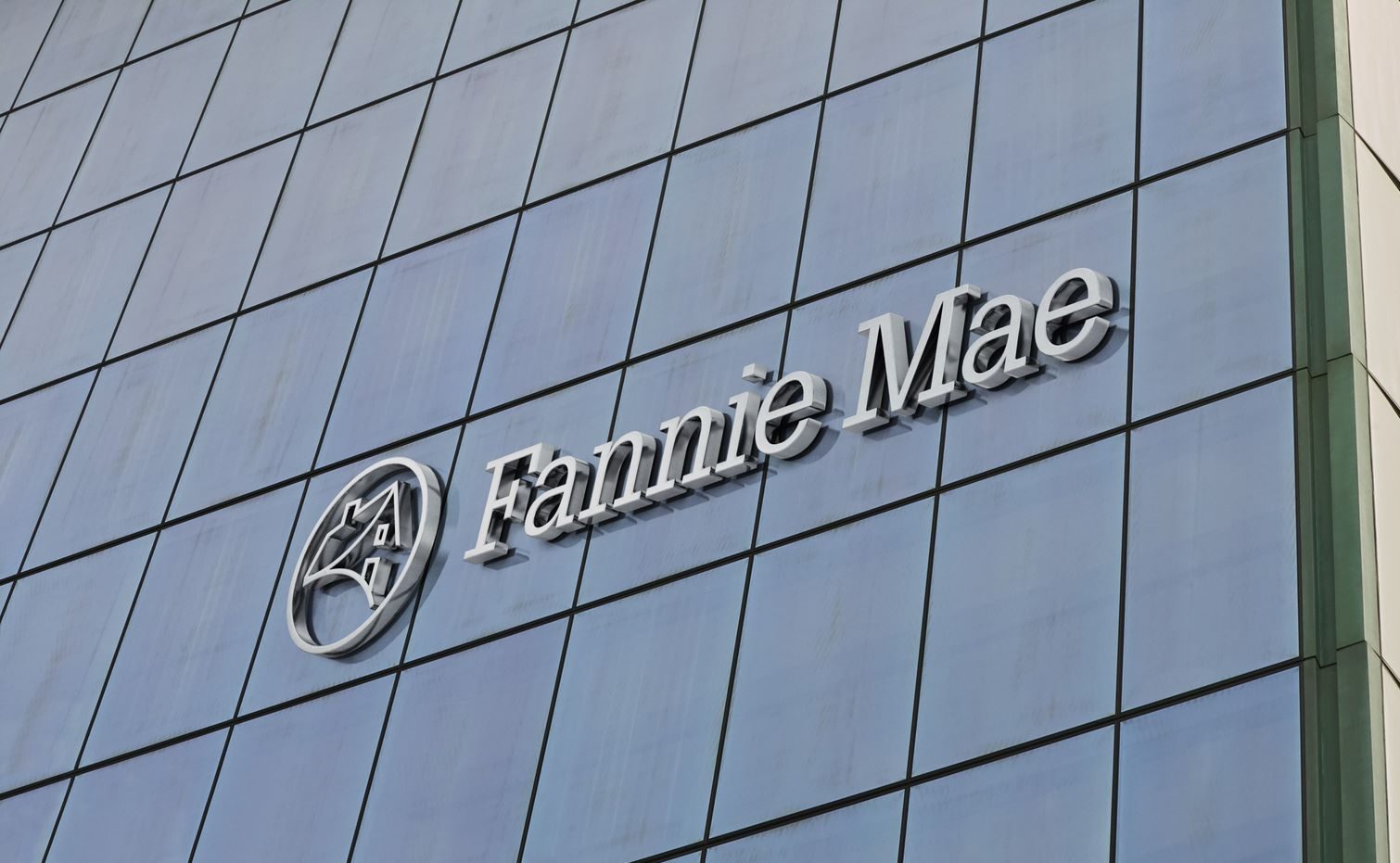The ""Mortgage Bankers Association"":http://www.mbaa.org/default.htm (MBA) released the ""third concept paper"":http://mba.informz.net/MBA/data/images/3.pdf in its series on secondary market reform, this one focusing on how the ""Federal Housing Finance Agency"":http://www.fhfa.gov/ (FHFA) can accommodate small lenders.
[IMAGE]According to 2011 data released under the Home Mortgage Disclosure Act (HMDA), more than 7,500 lenders issued mortgages that year. At the same time, Fannie Mae and Freddie Mac report that roughly 1,000 lenders sell to them, and Ginnie Mae has more than 250 issuers. The vast majority of those lenders are small independent mortgage bankers and community banks--not all of whom have the same footing in the secondary market, MBA says.
""Not every smaller lender has the financial capacity or expertise to directly manage the risks and complexities of the secondary market. Many prefer instead to sell whole loans to aggregators,"" the report says. ""For some, it is critical to have direct access to the secondary market as an additional outlet for loans at times when the aggregators [COLUMN_BREAK]
pull back. ... Unfortunately, current GSE practices sometimes limit the choices of otherwise qualified leaders.""
To fix this, MBA says a number of needs must be addressed, including price certainty, execution for both servicing-retained and servicing released loans, single loan and/or small pool executions with low minimum pool size, ease of delivery, and quick funding.
As the GSE portfolios wind down, MBA suggests Fannie Mae and Freddie Mac should maintain ""sufficient balance sheet space to allow for the aggregation of loans from smaller lenders who are not yet ready to securitize."" The paper also calls for the FHFA Common Securitization Platform Initiative to include plans for the acceptance of small lot deliveries into multi-lender pools.
""It is critical that as policymakers transition away from Freddie Mac and Fannie Mae, a competitive environment is created so that smaller lenders are able to be effective in the secondary market,"" said MBA chairman Debra Still, CMB. ""Community lenders are a crucial part of a diverse, efficient marketplace that provides Americans across the country with safe, sustainable and affordable mortgage credit.""
The paper is part of a five-piece plan to recommend immediate steps FHFA can take to ease the transition as policymakers debate the future of the government's role in housing finance. The ""previous two papers"":http://www.mbaa.org/Advocacy/Issues discussed key steps in GSE reform and risk sharing. The remaining two papers will make recommendations regarding GSE credit standards and FHFA's Common Securitization Platform Initiative.

 theMReport.com Your trusted source for mortgage banking news
theMReport.com Your trusted source for mortgage banking news









